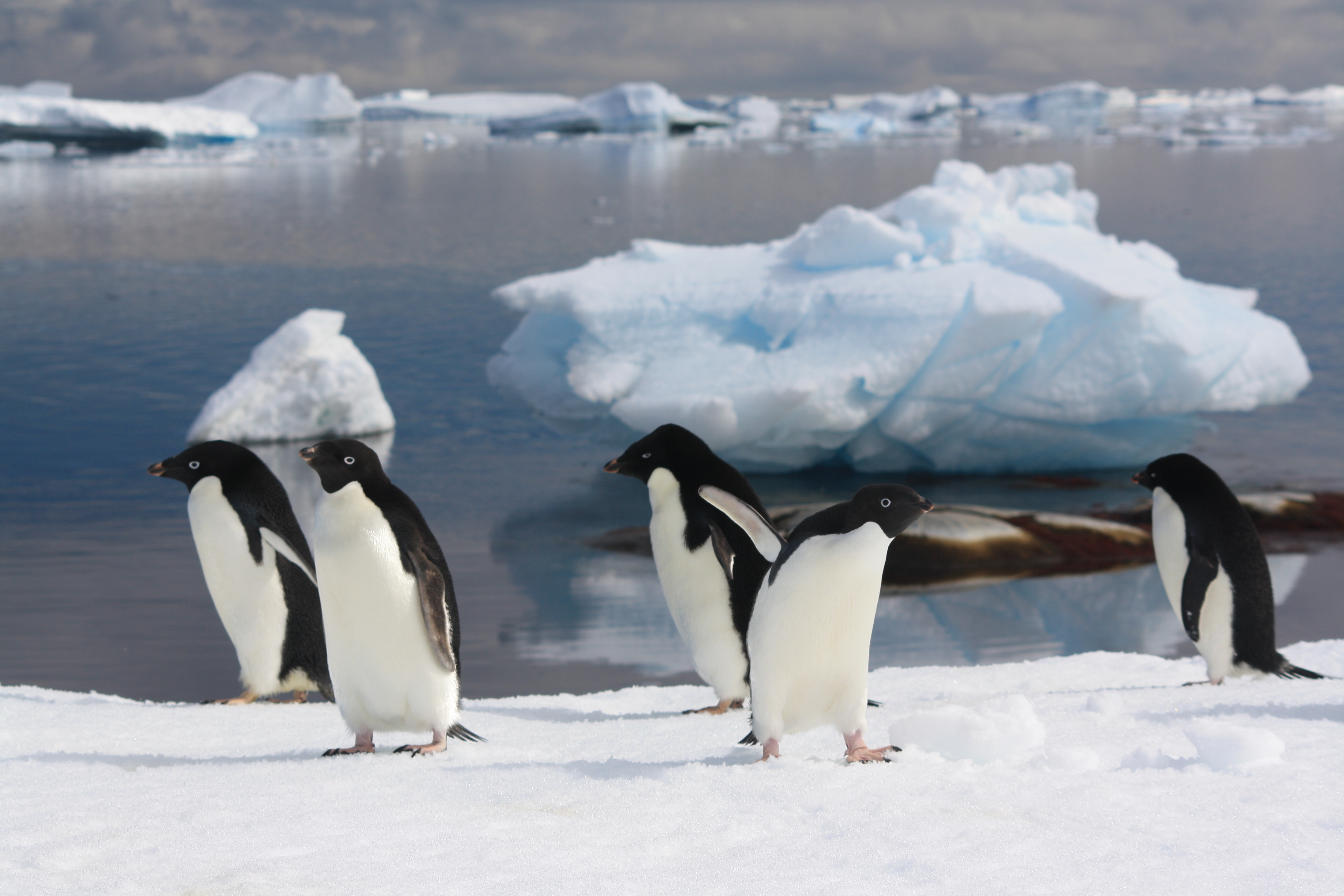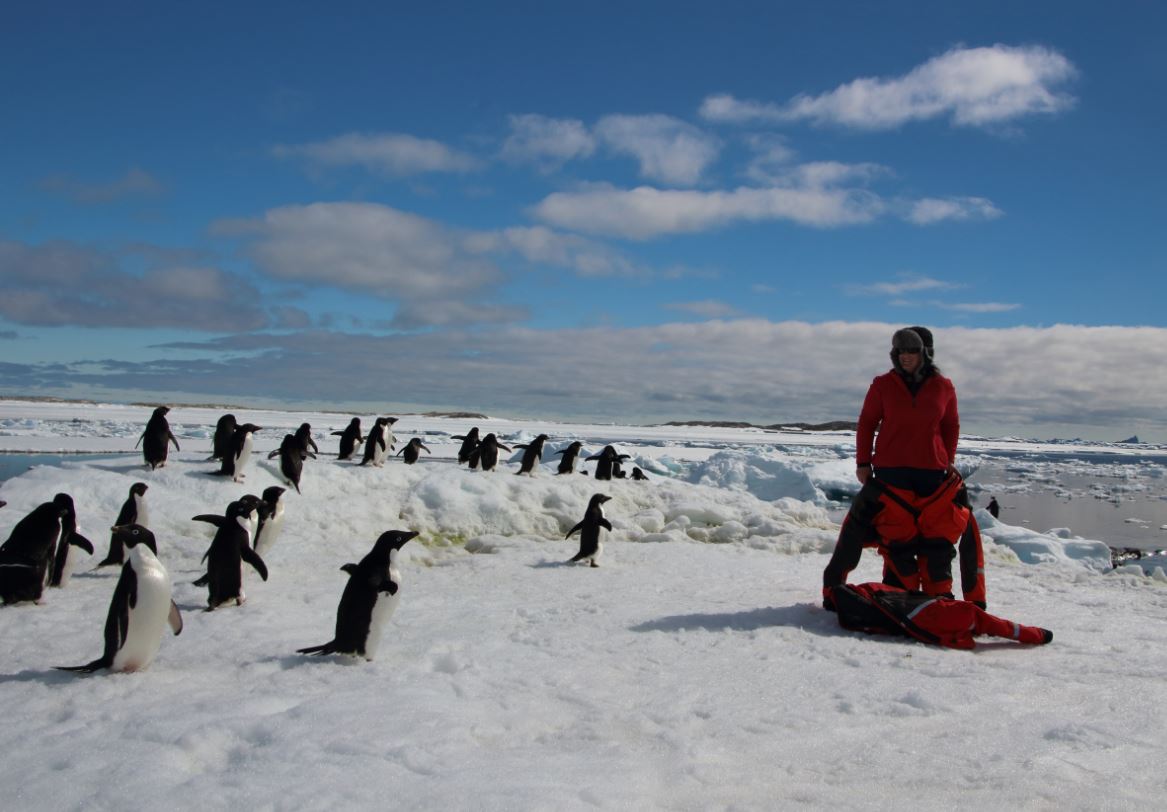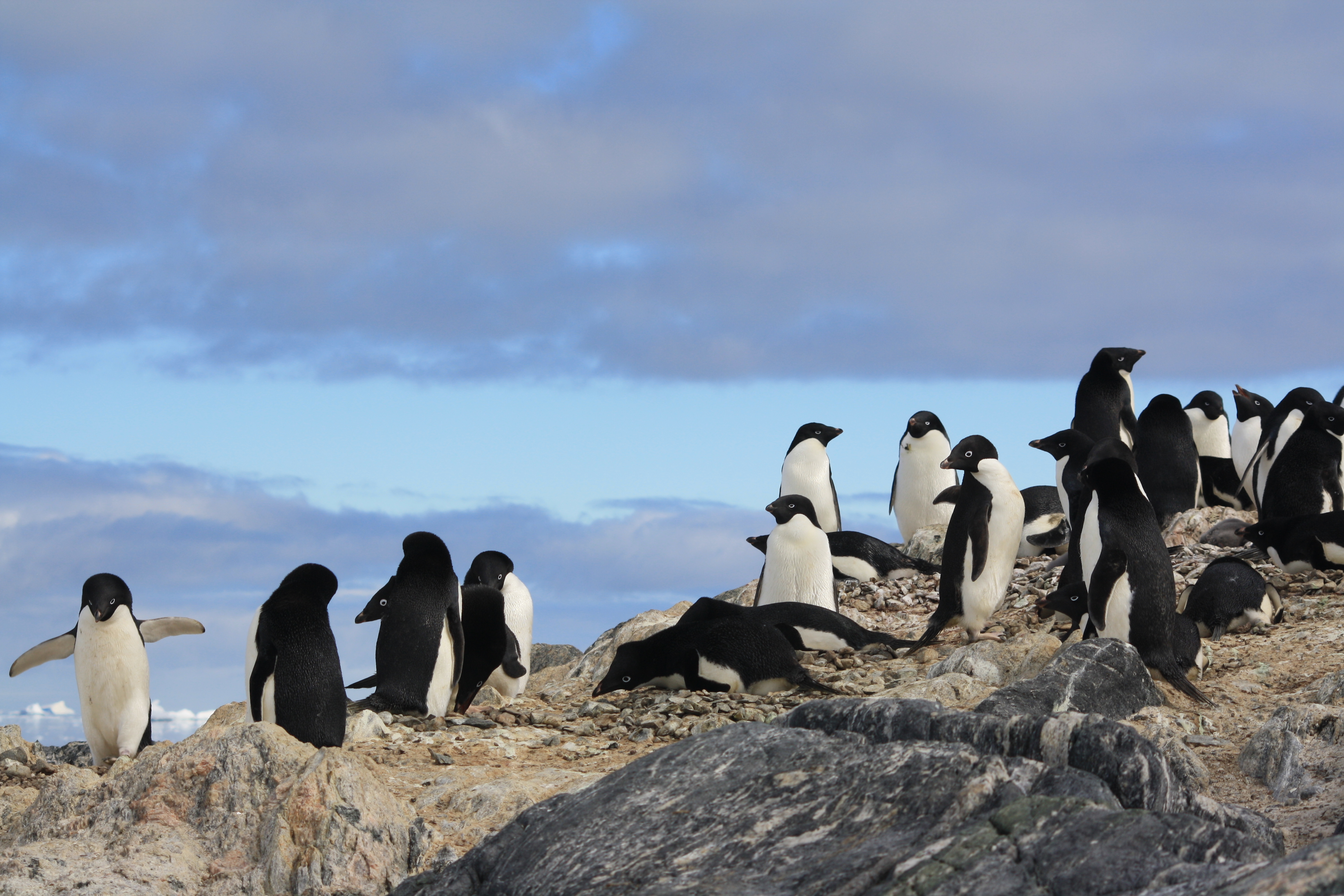
The Adélie penguin is a remarkable bird. It is one of only two penguin species to endure the extreme conditions of Antarctica to breed around the entire coastline of the continent.
While its cousin the emperor penguin may be the more famous of the two, the Adélie is by far the more abundant and a bigger player in the Southern Ocean ecosystem. The most recent estimate places their number at around 7.5 million breeding adults, with roughly a third of those living in East Antarctica, where the population has been growing over the past few decades.
These penguins are now facing drastic changes in their Southern Ocean habitat, including shrinking glaciers, changes in the timing of sea ice advance and retreat, and prey availability.
What’s already known?

There have been many studies monitoring East Antarctic Adélie penguin populations in recent decades. A key finding of these studies is that the penguins are sensitive to changes in sea ice conditions.
Adélie penguins must cross the sea ice to reach their nests to provide food to the chicks, and in years with extensive sea ice these journeys can become very long, negatively affecting chick survival.
However, it is important to note that the climate change that is currently underway in the Southern Ocean is not a decadal trend, but representative of a global regime shift in climate.
What did we do?
In this study our goal was to understand the long-term effects of climate change on Adélie penguins. We used DNA to investigate the population trajectory of East Antarctic Adélie penguins over the past 22,000 years.
This allowed us to determine the response of the population to climate warming over millennia during a dramatic period of change: the end of the last ice age.

What we found was that at the end of the last ice age, 20,000 years ago, the Adélie penguin population in East Antarctica was very small. This was to be expected, as most of their current breeding habitat would have been covered with glaciers and ice sheets, their feeding grounds covered with sea ice, and their prey scarce. The penguins that did survive the ice age were most likely restricted to a few small pockets of habitable land.
Around 14,000 years ago the number of penguins began to grow, with a total increase of around 135-fold. This explosion in Adélie penguin numbers began during a period of ice sheet and glacier retreat in East Antarctica, which would have increased the amount of ice-free ground available for nesting.
While the recent studies in East Antarctica have shown that sea ice conditions are a critical factor in population success over decadal and yearly timescales, the 135-fold increase in Adélie penguins in East Antarctica pre-dated sea ice changes by at least 3000 years.
What does this mean?
Our finding suggests that the effects of climate change on a population over thousands of years may differ to the impacts observed over years or decades. Given the long-term nature of contemporary climate change, we suggest that it is crucial to consider millennial-scale trends alongside contemporary data for the forecasting of species’ abundance and distribution changes under future climate change scenarios.

A study of Adélie penguins at the Scotia Arc, on the opposite side of the continent, found that the population in this area expanded 17,000 years ago, several thousand years earlier than the East Antarctic population, but coincident with glacial retreat in the Scotia Arc.
This lends further support to our suggestion that it was glacial retreat, rather than changing sea ice conditions, that caused the proliferation of Adélie penguins after the last ice age.
As climate change progresses in the future, glaciers and ice sheets in Antarctica are expected to retreat further. In regions where sea ice and prey conditions remain favorable, Adélie penguin numbers may expand in line with this deglaciation as additional nesting sites become exposed.
It is important to keep in mind that for the species to flourish their prey must be abundant enough to meet the requirements of a growing population.
A recent study used satellite images to detect such an expansion in the Ross Sea, where one population of Adélie penguins increased by 84% between 1983 and 2010, concurrent with a 543 meter retreat of the glacier field.
While it seems that Adélie penguins could come out on top as climate change winners, it is important to keep in mind that for the species to flourish their prey must be abundant enough to meet the requirements of a growing population.
Whether this will be the case in the future remains to be seen, as Adélie penguin prey species, such as Antarctic krill, are threatened by both climate change and commercial fisheries.
Comments